The ancient megaliths are a series of massive structures that have remained intact despite the battering of thousands of years of weather, human and animal activity, and natural decay. They stand as architectural marvels, built both to withstand the elements and to remain structurally intact for many centuries after their construction.
The architectural prowess (in the case of megalithic temples) or the baffling size and amount of effort required to construct such massive structures continues to stump researchers today. Theory after theory has been suggested in an effort to produce a sensible theory that could explain the creation of the megaliths and yet, to date, no coherent picture has emerged.
Many of the currently accepted theories are fragile at best and, at worst, laughable. There is no theory strong enough to withstand the questioning of a curious mind. At the end of the day, we still aren’t sure what the megaliths are for, who built them, or how they were constructed.
In this article, we will help you understand a bit about the megalithic structures that dot the planet. You may be surprised to find that there are some located near you! We will touch briefly on their origins and construction, but these issues will be covered in greater detail in future articles.
What Exactly Is a Megalith? A Monolith?
In short, a megalith is a massive stone structure.
According to the Merriam-Webster definition which was first described in 1853, a megalith is “a very large, usually rough stone used in prehistoric cultures as a monument or building block.” The original definition described, for the most part, fairly simplistic structures. Stonehenge, one of the most popular and world-famous examples, would be one of the most complex of the classical megaliths.
A monolith, on the other hand, is defined as:
“1: a very large stone that is usually tall and narrow
especially : a stone that was put in position by people as a monument or for religious reasons
an ancient monolith.
2: a very large building or other structure:”
Another definition of a monolith is simply a large structure composed of only a single stone.
More recently, the terms monolith and megalith have both been used to describe any of the massive, ancient stone structures that were erected around the world by ancient peoples. From the massive, human-shaped Maoi that were built on Easter Island, to the great Pyramids of Giza or the incredibly intricate temple of Angkor Wat, the modern meaning of “megalith” and “monolith” is now universally applied to the many varied and unexplainable structures of old.
This article will focus mostly on the original type of monoliths: structures more simple in nature that looks as if they were simply stacked together by giants. And – you might be surprised to learn – there’s actually a good deal of evidence that this might have been the case. Read on to find out why.
The other megaliths – such as the great temple structures of Angkor Wat or the Pyramids of Giza – are equally, if not more, mysterious. However, they deserve their own article. You’ll be able to read about them soon.
Why Build Megaliths?
There are plenty of reasons that ancient people may have decided to build monoliths.
Megaliths as Astronomical & Mathematical Tools


The most impressive, curious, and well-studied functions of megalithic structures involve their function as astronomical and mathematical tools. Many of them work as time-telling structures that measure the movements of the sun, the stars, and the moon.
These structures showcase the impressive knowledge that many of these societies had regarding the skies. In fact, it was only relatively recently that our own society became advanced enough to recognize the intricate knowledge that these societies had in regards to the heavens.
The megaliths are also built according to specific mathematical patterns, much like modern architecture.
Professor A. Thorn was the first to discover that many megalliths followed a specific pattern of measurement. The base measurement he coined the Megalithic Yard, which itself was a component of what he calls Megalithic Geometry.
The perimeter of megaliths, following these measurements, often have a radius that is a multiple of megalithic yards, suggesting that either this system of measurement was employed across numerous civilizations, or that the megaliths were constructed by an expanding or nomadic society.
This degree of mathematical and geometric understanding was previously thought to emerge several thousand years later during Greek times. This astounding discovery proves that people had a complex understanding of math, geometry, and patterns long before.
Megaliths can also serve as tools to track the movement of the sun and the cycles of the moon. In other words, they can function as massive solar and lunar calendars. This could allow the people to accurately predict solar and lunar eclipses to empower the people or to give more power to the leaders by making them seem prophetic.
- The megalithic site of Ballochroy on the west Kintyre shows the sun of a midsummer solstice on the slope of the largest stone.
- Kintraw, another megalithic site, has the sun reappear only momentarily during this solstice. If viewers watch from atop a manmade platform you can see a procession of stones that reflects the various equinoxes of the sun.
- Stonehenge is one of Europe’s largest lunar observatories, in addition to Carnac. The two sites operate entirely differently, though.
- Carnac uses eight different positions at which the moon rises or sets depending on the time of year.
- Each of the upright stones in Stonehenge is placed evenly around the circle and reflects the moon cycles.
Megaliths as Markers of Societal Growth / Territory


Some of them may have been constructed as a simple show of technical ingenuity. People have always liked to prove to others – and to themselves – that they’re intelligent, capable, and innovative. Building massive stone structures like the megaliths are nothing if not innovative.
Most likely, though, the megaliths also played an important role in the function of society. If our history is accurate, then the people who built these monuments were still living mostly as hunter-gatherer people. There was little that they did that didn’t serve the significance of the tribe.
Building a megalith also indicates that a group of people had settled in an area. In addition to their other functions, they served as territorial markers.
Historically, architecture has also been a way to help organize society – largely by separating upper and lower-class people. How exactly the megaliths may have been involved in this isn’t known, but some researchers suspect that this may be a factor.
Symbolism & Megaliths
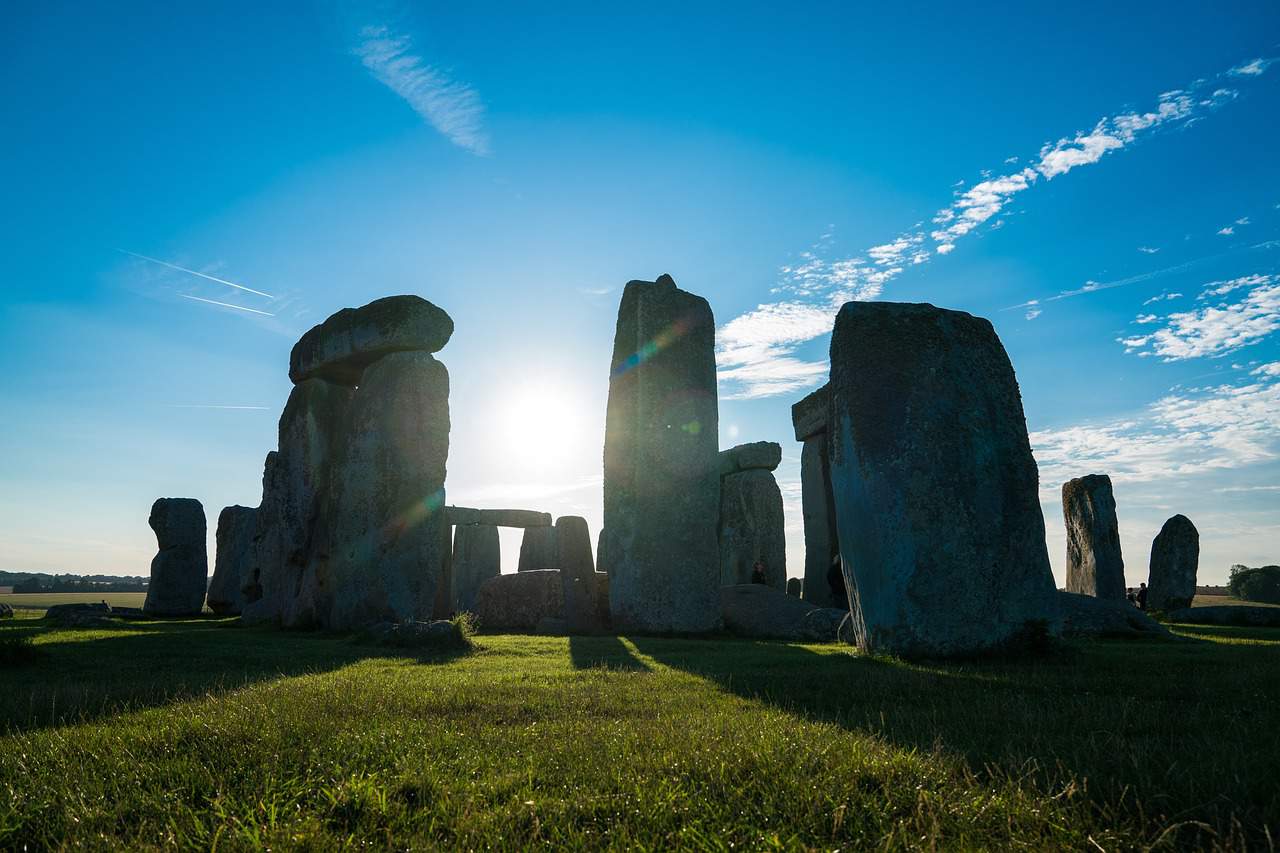

Many of the megaliths were symbolic in nature.
Considering these megaliths were constructed very early in the development of human society and language, their understanding of symbolism was most likely quite different than ours.
Thousands of years ago, people thought differently than we do in the present day. Their minds did not operate in such a linear and rational fashion as our modern, mechanistic minds do. Instead, thought was more fluid and expansive. The mind was linked more closely with the subconscious and expressed itself more easily in images rather than words. This is why many ancient languages use pictograms rather than phonetics, since pictograms can express a variety of ideas at once whereas a word tends to only have one or two meanings.
Some researchers also believe that the symbolism reflected in a megalith can be expressed in the building materials themselves. By combining various raw materials – some common, some uncommon, and some exotic and rare – and mixing them into various shapes, architects could create symbols that represented life, death, and rebirth. These symbols would be infused into the megalith itself and provide significant meaning to the whole site.
Monoliths and Art
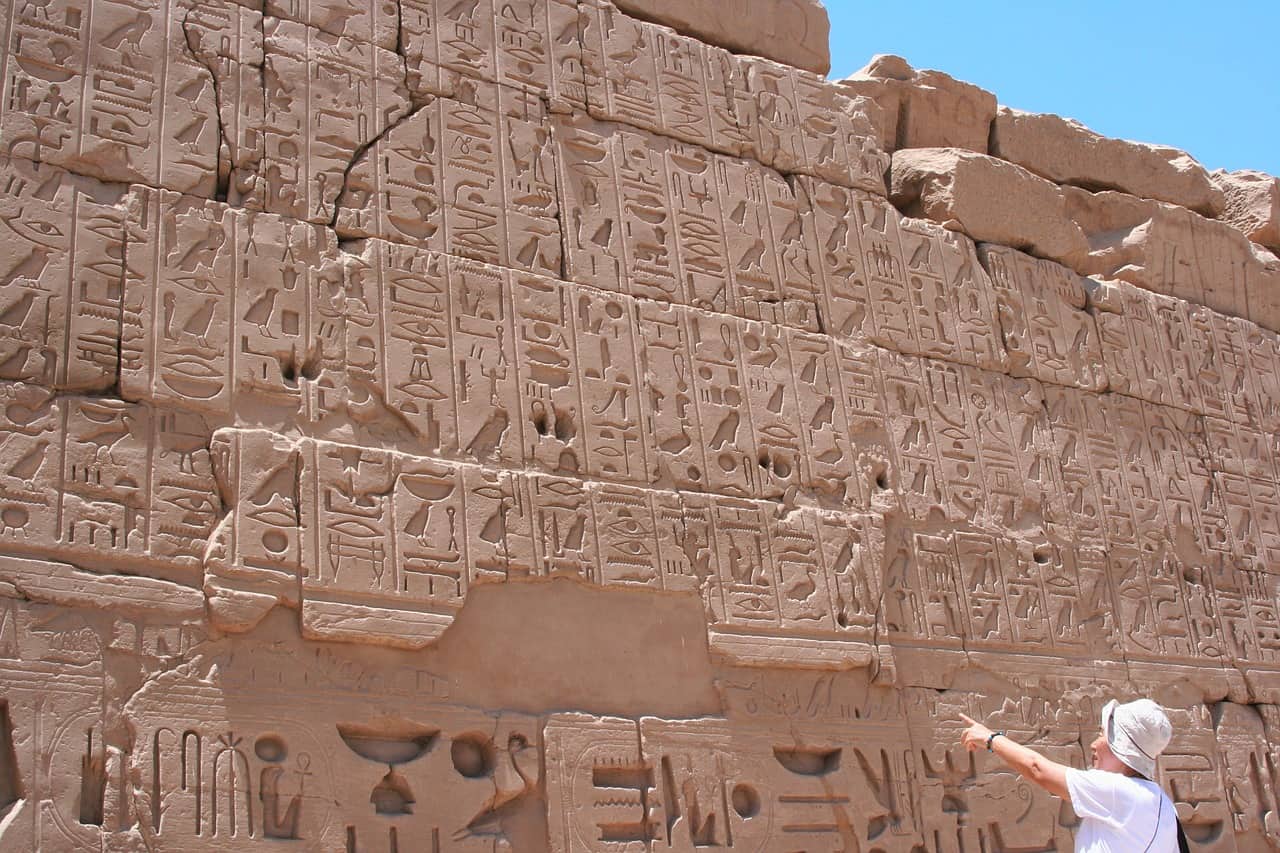

Art was often combined into the construction of the megaliths. Many stones in the megaliths have art carved into them that reflects the beliefs of the people building them.
Rituals and Burials


There were many megalithic structures built to serve as tombs. Ireland is the greatest repository for megalithic tombs, but they have been found all throughout Europe as well as on other continents.
Why Is There So Much Debate?
The same basic issue surrounds any archeological discovery: the mere fact that we weren’t able to make any firsthand observations ourselves. The builders who made these massive structures were long gone around them were long gone by the time that we got around to studying them.
This puts us at a disadvantage since we can’t simply ask the foreman for his plans or the blueprints. Instead, we have to rely on a number of different tools and techniques in an attempt to piece together the picture.
Some of these tools are modern and scientific in nature, such as carbon dating. Since the 1940s carbon dating has been a tool that uses radiocarbon to determine the age of something, such as a stone building block or a piece of pottery found in an ancient site. However, a number of issues have been found with carbon dating.
Other tools are less scientific in nature. Archeologists may discover things about the megaliths by translating texts found in the area or by interesting the design structure or alignment of the megaliths.
One of the biggest issues that arise here, however, is the dichotomy between the scientifically “objective” methods of analysis, versus the “subjective” methods of analysis.
The objective methods of analysis are supposed to leave little room for error, and thus they often determine the acceptable range of possibilities for a certain site.
For example, if some of the stone tools found at a site were carbon dated to 15,000 years ago, and the man-made goods were carbon dated within the same time period, it would be sensible to assume that these tools were used to build the goods. Thus, the acceptable range of discussion would include ideas that presuppose these goods were made about 15,000 years ago.
However, an assumption is still an assumption, and correlation is not causation. Just because 15,000 year old stone tools were found near 15,000 year old goods doesn’t necessarily mean that these tools were involved in their movement or construction. It’s certainly likely, but it’s far from a guarantee.
Regardless, we live in a rational and scientific society. The currently accepted methods of observation are those that create the lowest risk of error – including carbon dating. The result of this is that any scientific debate always falls within a certain spectrum of ‘possibility.’
Even when evidence to the contrary is discovered, it is immediately refuted, often for no real reason aside from the fact that it cannot be proven objectively through an accepted method of measurement.
Suppose, for example, an archeologist discovered something new at this same hypothetical site from 15,000 years ago. Perhaps a selection of well-kept tools, pottery, or pieces of jewelry that were not only carbon-dated to a significantly older time period, say 25,000 years, but that could only have been acquired from a far off archeological site that would have been far too distant for the people of 15,000 years ago to travel with ease.
The intuitive mind immediately grasps this concept. Somehow, someone or something as yet undiscovered, allowed for something previously believed to only be found in a distant time and place, to be found here. However, the dominant, rational scientific paradigm will immediately discredit this theory because it can’t be objectively proven through the use of scientific techniques. This severely limits the spectrum of ideas that are permissible for discussion.
With that said, let’s discuss some ideas that are far outside the realm of acceptable speculation but are still interesting to consider.
Were the Megaliths A Giant Cover-Up?
During the 1800s, there wasn’t as much speculation regarding human history as there is today. As such, geologists and archeologists had more freedom to report on what they found without the restriction or censorship of authoritative institutions.
Many interesting discoveries took place in North America during this time. Erastus Beadle, a pioneer in the new practice of mass printing and publishing, took it on himself to report directly to the field workers who were making these discoveries and describe them in his publication, Beadle’s Monthly. To quote the 1966 edition…
“Who built the mounds of America?… men with hands… tools… intelligence… men living… in all probability, before the earliest record of Egyptian existence. The Rocky Mountains, conceded to be the oldest (geologically) range of hills in existence… why should not its valley recourses and river recesses have been peopled at a time when the Egyptian plains were underwater?”
Beadle’s ideas were not mere speculation. They were the product of astounding archeological discoveries that were being made at the time – discoveries which, nowadays, most professionals avoid mentioning. Discoveries that have been wiped from the historical record, despite the fact that they were honest discoveries made by legitimate researchers and scientists.
Montana is a great place to start for anybody curious about the megaliths since they can be found all over the region. In fact, Montana encompasses an area that is filled with massive structures of all sorts, ranging from epic amphitheaters constructed out of an entire mountainside to numerous megalithic rock structures fit together with laser-like precision.
Although they are often underrepresented by the mainstream, a number of independent archeologists such as Julie Ryder have documented the dozens of megalithic structures found across Montana. She has photographed hundreds of dolmens, rock structures surrounded with geopolymer concrete to help keep them intact.


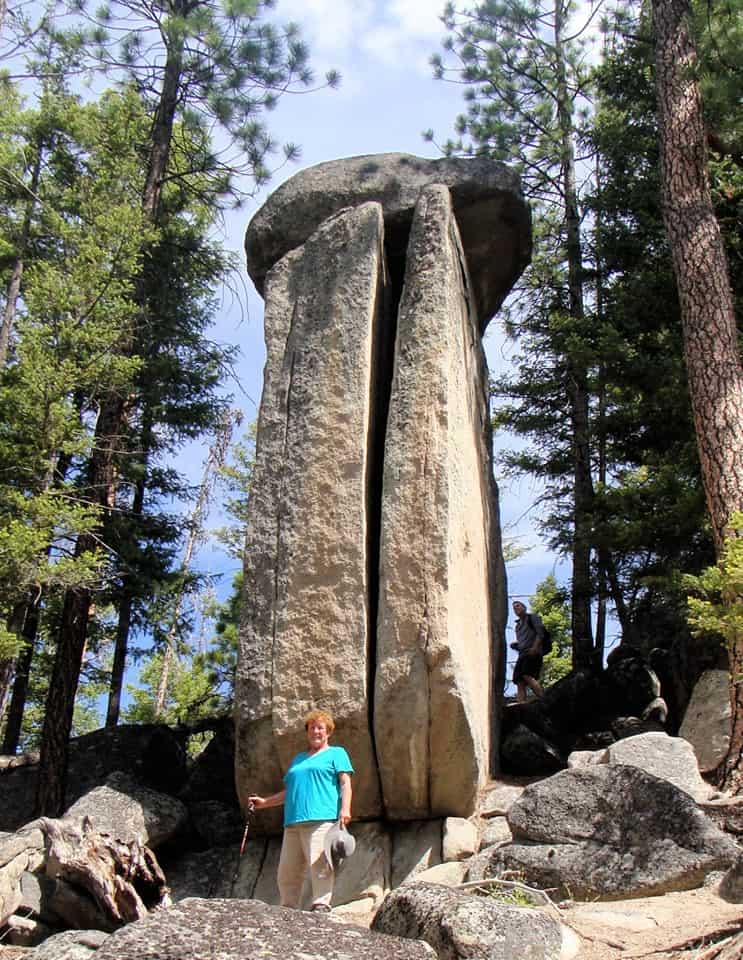

There has also been the discovery of a number of fascinating acoustic structures built by ancient peoples in what we now call Montana, aside from the extraordinarily massive amphitheater discussed earlier.
The Tizer Acoustic Sphinx is a rock structure built with several nobs that resonate with specific tones. When a certain sound is chanted into the knobs, the sound resonates across the valley. Beneath the Sphinx, only certain tones can be heard whatsoever.
But among the most fascinating of Montana’s ancient structures has been named the Giant’s Playground. This site contains a large number of intentionally-made dolmens, art structures, buildings, corridors, walls, and standing stones both above and (as proven by satellite scans) beneath the surface of the area.
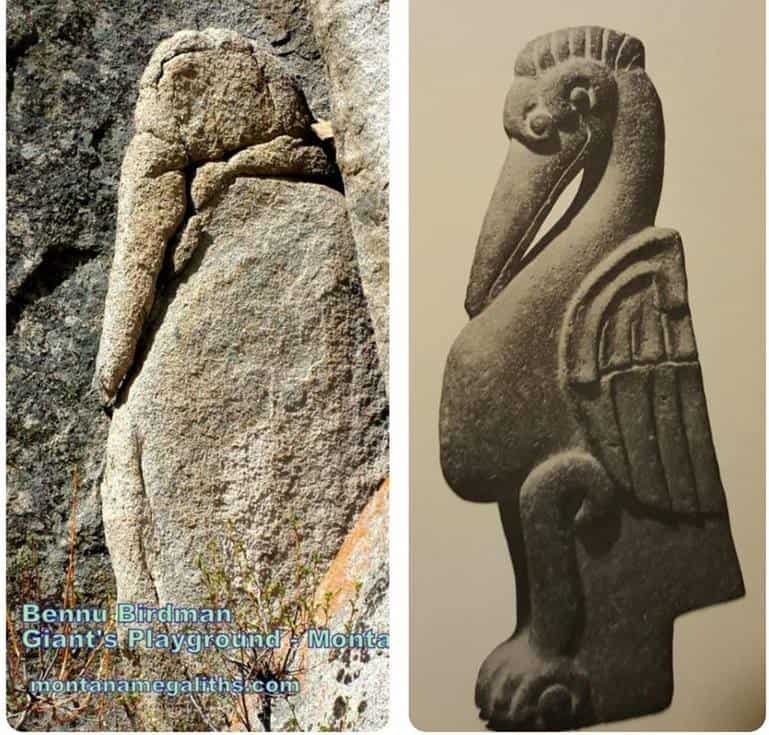

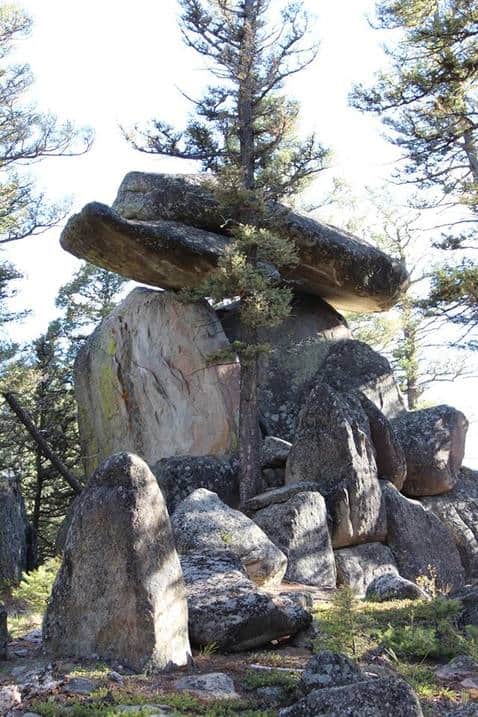

The name Giant’s Playground gives some hint to one of the many theories that mainstream archeology refuses to accept despite the impressive amount of evidence: the presence of giants, or at least humans far larger than we are today, that lived on Earth many years ago. Nowadays, mountains of scientific evidence show that if human beings themselves weren’t much larger than we are now, then there were a great nnu,me in stature, there were a
It is speculated that these giants lived a great time ago. The bones of giant humans have been excavated all over the world, with special attention having been paid to Montana, where dozens of giant human remains have been unearthed.
As is often the case, the archeologists who first suggested an older society than the Clovis peoples were at first ridiculed and mocked (indeed, much like those who discovered the Clovis sites were considered crockpots.) But, as the evidence piled up, the mainstream was forced to do the unthinkable: expand its understanding of human history.
The first of these was discovered right at the current site of Meagher’s Var. The specimen, as quoted in Beadle’s 1966 edition linked to earlier, had to have been at least twice the size of a regular human. These giant bones carry caucaisian DNA.
Beadle and numerous others, both then and today, believe that the answer is difficult to settle on. DNA tests reveal that the more recent bodies, those of the Clovis people who likely had little to do with the construction of the megaliths, had a strong and tight reputation.
Less than a year later, a publication announced that a race of giants between 10 and 12 feet tall had lived in the Rocky Mountains of Montana. An 1899 newspaper clipping reported that a giant causeway had been erected across Montana.
Even though this goes against what modern archaeology says about megaliths, a coherent picture emerges when you look at all this information together. There are museums on the planet where these giant human bones can be seen. Bolivia houses some of the largest human bones ever discovered. The Smithsonian attempted to remove these bones from the museum but Bolivian authorities refused them.
Conclusion
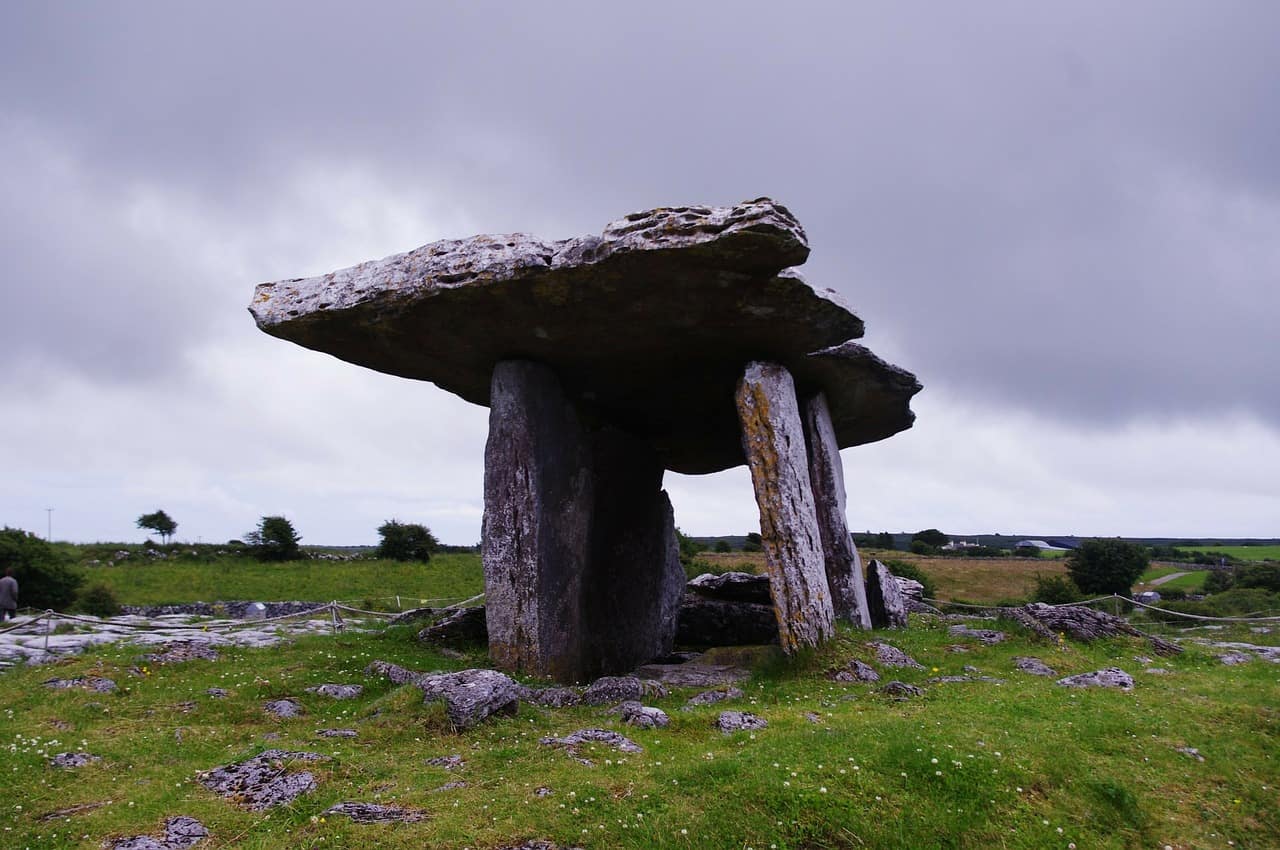

Ancient megaliths, these prehistoric stone structures, have been a source of mystery and speculation for hundreds, if not thousands of years. These structures conjure up fantastic images of tripping with the druids of old, studying the stars and learning about the universe and nature.
And learn about the universe and nature, they did. The reason that these structures baffle us, seem so impossible and incomprehensible to us, is because we’ve lost touch with nature. We’ve lost sight of the rhythms and harmony taking place around us at all times.
If we still in tune with these natural forces as individuals, the idea of moving massive stones wouldn’t seem so absurd. And if, as a community or a nation, we were all understood natural law… well, we’d almost certainly be making our own megaliths instead of these shabby concrete buildings that barely last a few hundred years.


